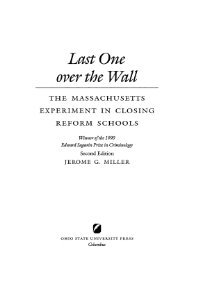By Jane Arnold Lincove, Catherine Mata & Kalena Cortes
This research analyzes the implementation of a school suspension ban in Maryland to investigate whether a top-down state-initiated ban on suspensions in early primary grades can influence school behavior regarding school discipline. Beginning in the fall of 2017, the State of Maryland banned the use of out-of-school suspensions for grades PK-2, unless a student posed an "imminent threat" to staff or students. This research investigates (1) what was the effect of the ban on discipline outcomes for students in both treated grades and upper elementary grades not subject to the ban? (2) did schools bypass the ban by coding more events as threatening or increasing the use of in-school suspensions? and (3) were there differential effects for students in groups that are historically suspended more often? Using a comparative interrupted time series strategy, we find that the ban is associated with a substantial reduction in, but not a total elimination of, out-of-school suspensions for targeted grades without substitution of in-school suspensions. Disproportionalities by race and other characteristics remain after the ban. Grades not subject to the ban experienced few effects, suggesting the ban did not trigger a schoolwide response that reduced exclusionary discipline.
Cambridge, MA: National Bureau of Economic Research, 2024. 65p.






